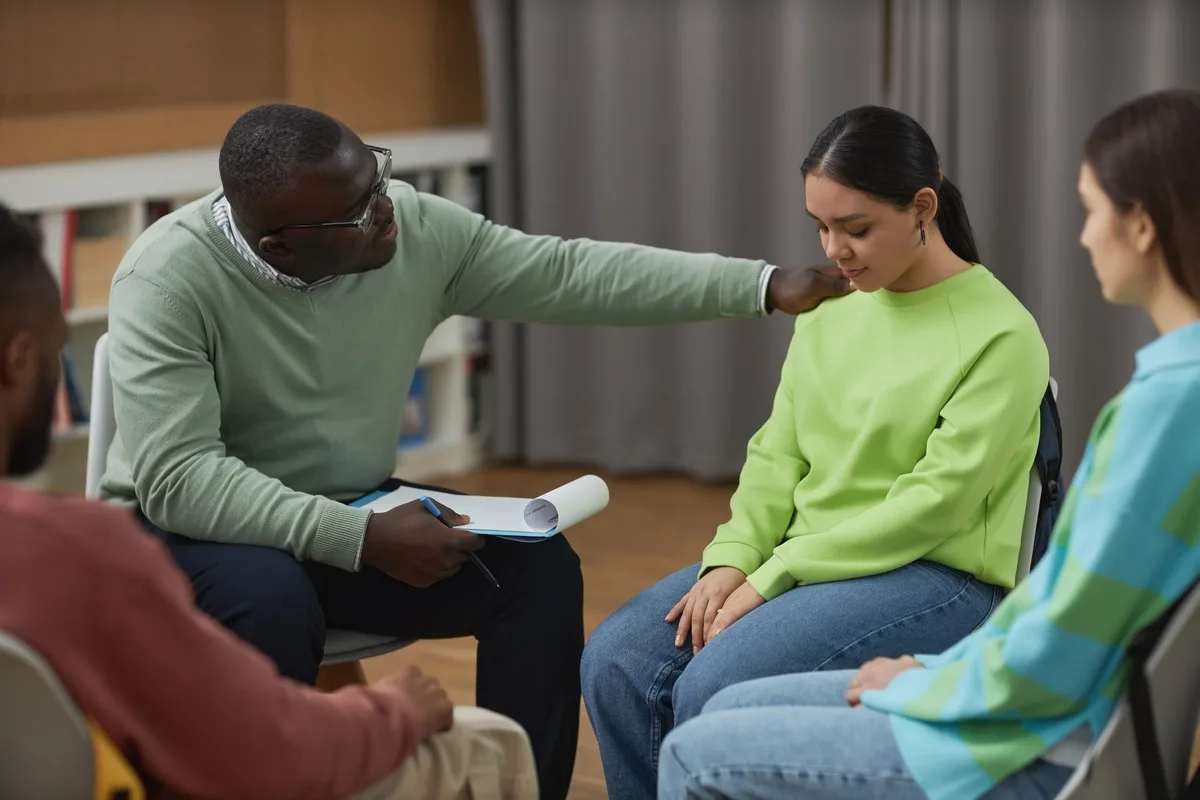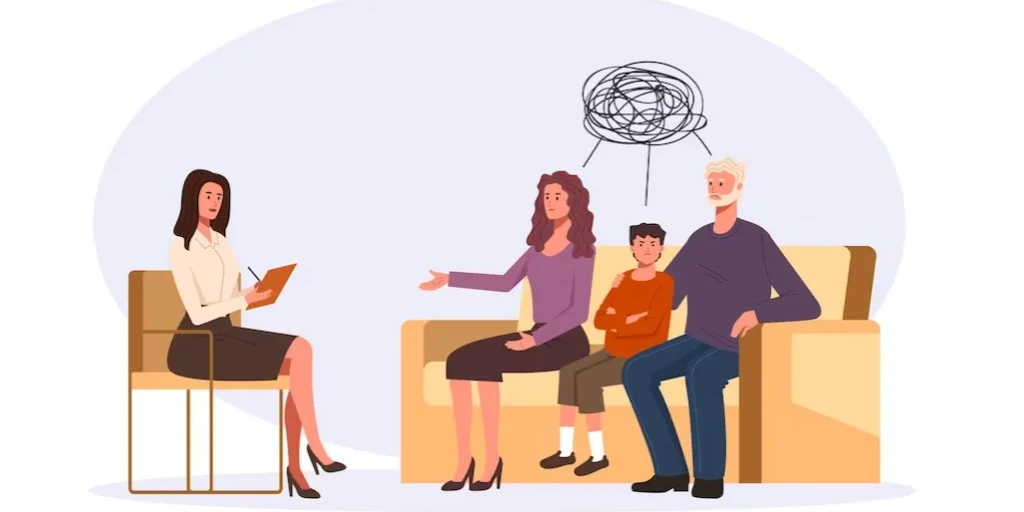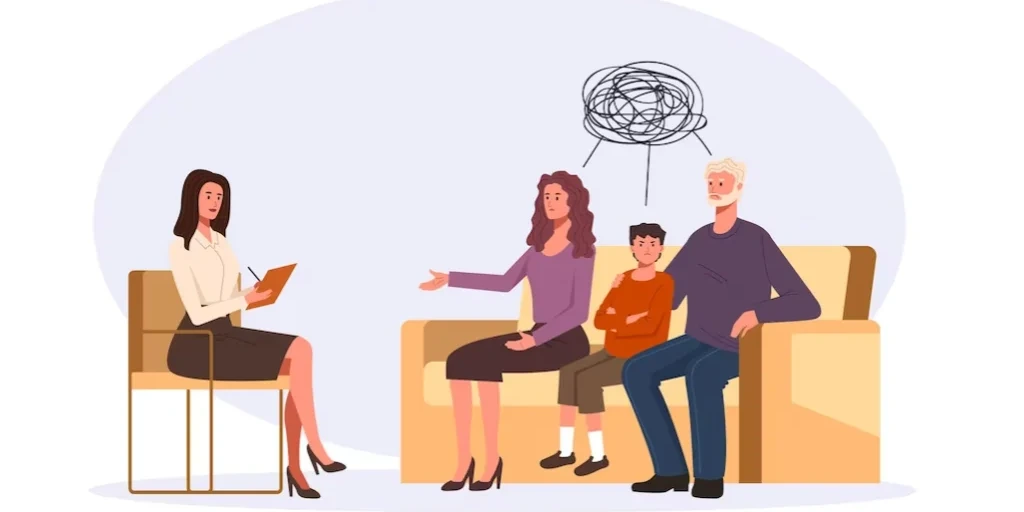24/7 Helpline:
(866) 899-221924/7 Helpline:
(866) 899-2219
Learn more about Codeine Rehab centers in Bloomingdale
Codeine Rehab in Other Cities

Other Insurance Options

Optum

AllWell

Cigna

CareFirst

Magellan Health

Access to Recovery (ATR) Voucher

Aetna

Kaiser Permanente

BlueShield

Private insurance

Health Choice

Amerigroup

Providence

United Health Care

ComPsych

WellCare Health Plans

UMR

Coventry Health Care

GEHA

American Behavioral



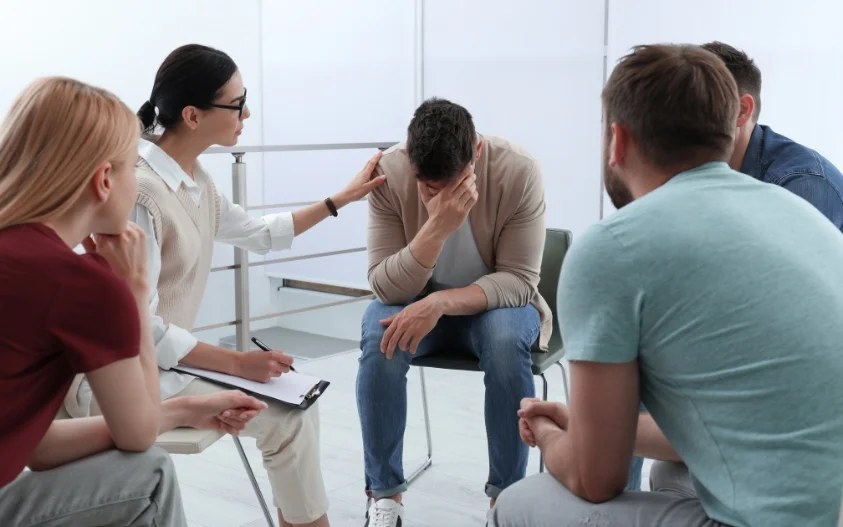






Montgomery County Medication Assisted Treatment Program
Montgomery County Medication Assisted Treatment Program is a private rehab located in Rockville, Mar...

People Encouraging People
People Encouraging People is a private rehab located in Rockville, Maryland. People Encouraging Peop...
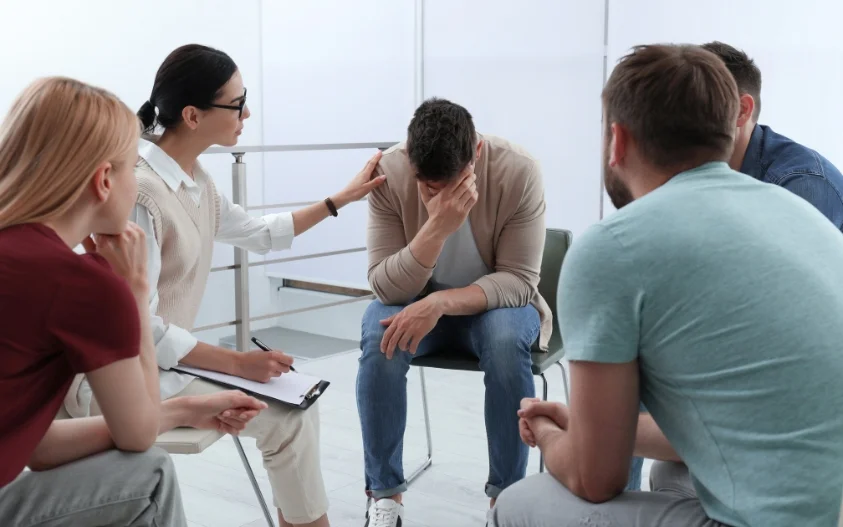
Avery House Halfway House for Women and Children
Chrysalis House is an accredited dual diagnosis substance use disorder center in Crownsville, MD for...

Adventist HealthCare Behavioral Health and Wellness Services
Adventist HealthCare Behavioral Health and Wellness Services - Broschart Road is located in Rockvill...

Cornerstone Montgomery – The Taft Court Center
Cornerstone Montgomery – The Taft Court Center is a private rehab located in Rockville, Maryland. Co...
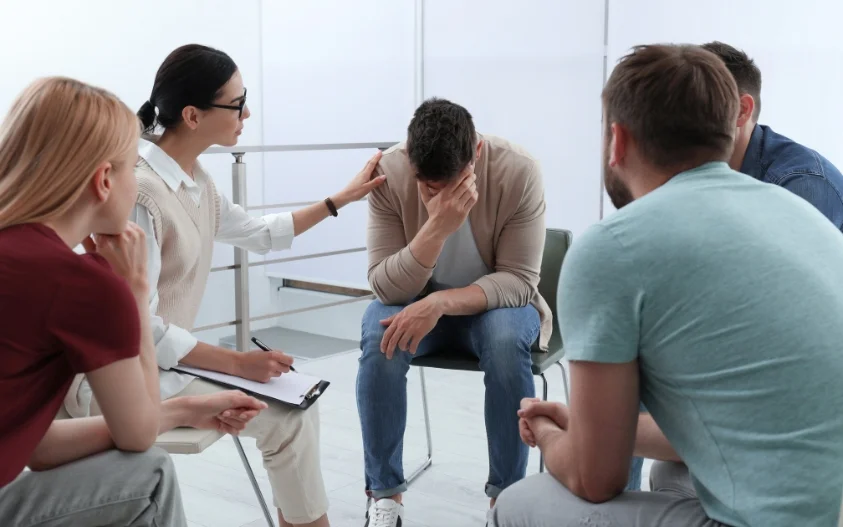
Lawrence Court Halfway House
Lawrence Court Halfway House is a low-intensity residential substance use disorder treatment facilit...

Mountain Manor – Avery Road Treatment Center (ARTC)
Avery Road Treatment Center in Rockville, Maryland, provides alcohol and drug addiction rehabilitati...

Montgomery Recovery Services
Montgomery Recovery Services is a private rehab located in Rockville, Maryland. Montgomery Recovery ...

Sandstone Care
Sandstone Care is a drug and alcohol addiction rehabilitation center in Rockville, Maryland, serving...

Drug and Alcohol Wynne and Associates
Drug and Alcohol Wynne and Associates provides counseling services for people on chemical dependency...

Newport Academy
Newport Academy, located in Rockville, Maryland, provides addiction treatment through alcohol and dr...

Mountain Manor – Journeys Outpatient Program
The Mountain Manor Journeys Outpatient Program in Rockville, MD specializes in rehabilitation treatm...

White Flint Recovery
White Flint Recovery is a private rehab located in Rockville, Maryland. White Flint Recovery special...
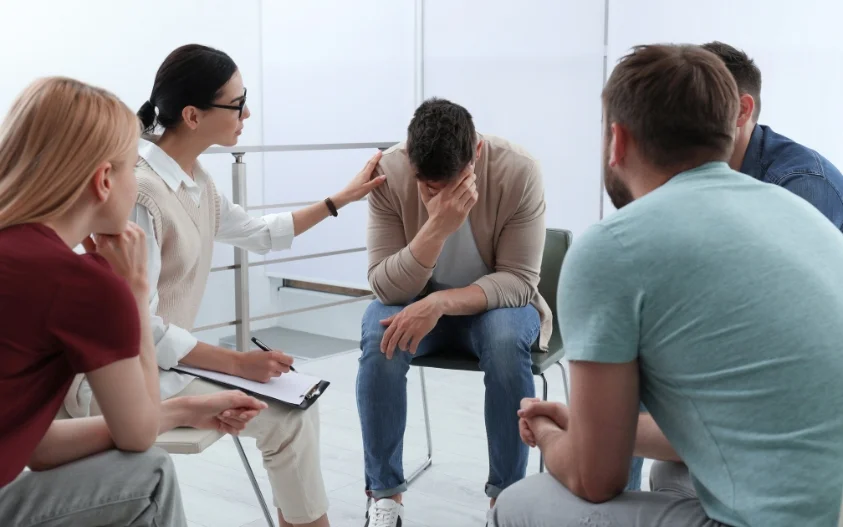
Cumberland County First Step – Alcoholism and Drug Abuse
Cumberland County First Step - Alcoholism and Drug Abuse is a state funded rehab located in Bridgeto...

Inspira Health Network – Behavioral Health
Inspira Health Network – Behavioral Health is a private rehab located in Bridgeton, New Jersey. Insp...












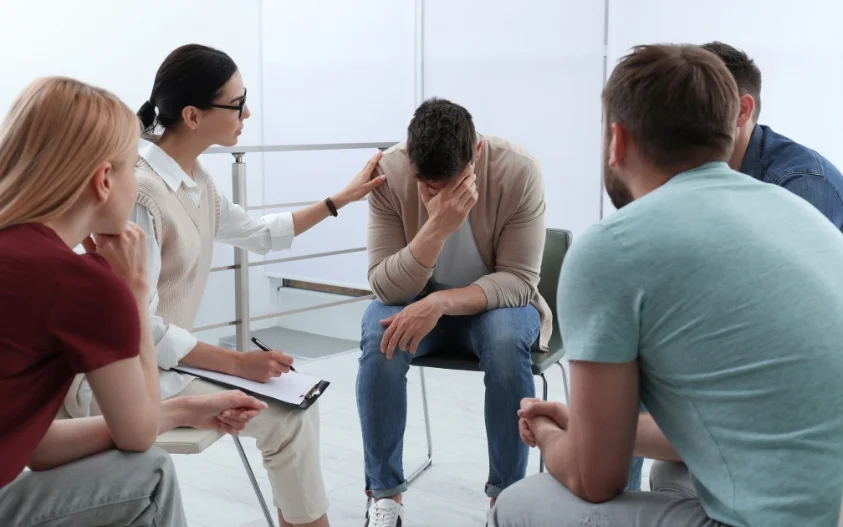








Rockville Metro Club
Rockville Metro Club is a non-profit rehab located in Rockville, MD. Rockville Metro Club specialize...

AA – Alcoholicos Anonimos – Grupo Nuevo Amanecer
Alcoholicos Anonimos (AA) - Grupo Nuevo Amanecer is located in Rockville, Maryland. Alcoholicos Anon...

S and S Counseling Services
S and S Counseling Services is an outpatient treatment program for individuals struggling with chemi...
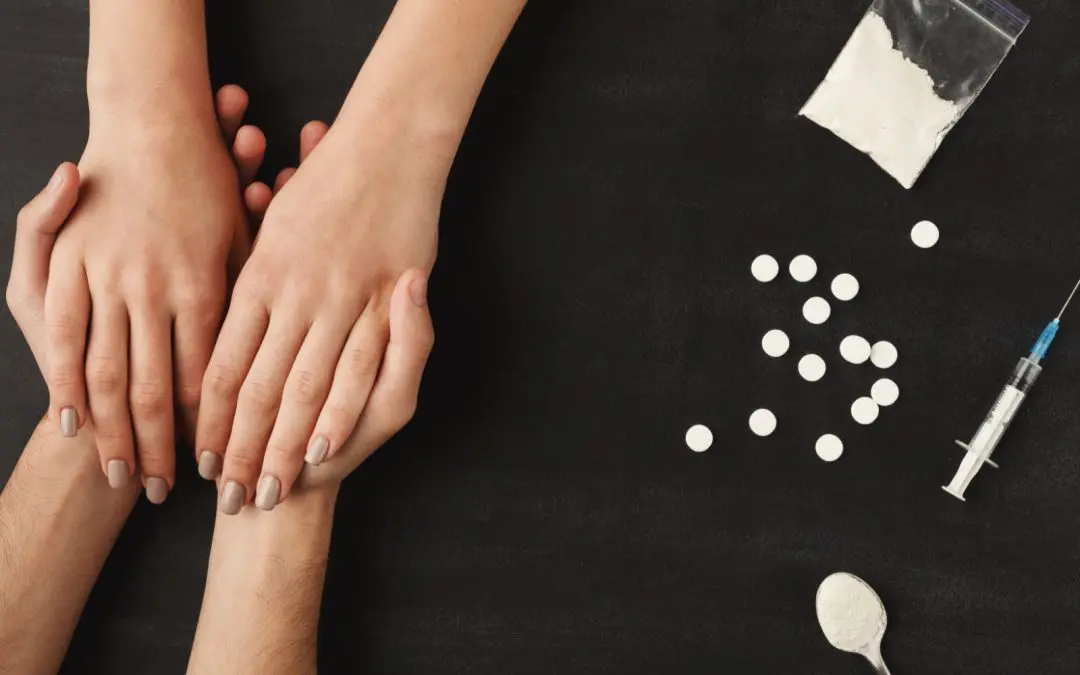
Maryland Counseling Centers
Maryland Counseling Centers is a private rehab located in Rockville, Maryland. Maryland Counseling C...

Journey to Self Understanding
Journey to Self Understanding is an outpatient counseling center for mental health and substance abu...

Care & Connections for Families
Care & Connections for Families is a private rehab located in Rockville, Maryland. Care & Connection...

John Gildner Regional – Adolescents
John Gildner Regional – Adolescents is a public rehab located in Rockville, Maryland. John Gildner R...

Mosaic Community Services
Mosaic Community Services provides mental health and substance abuse assessments, individual and gro...
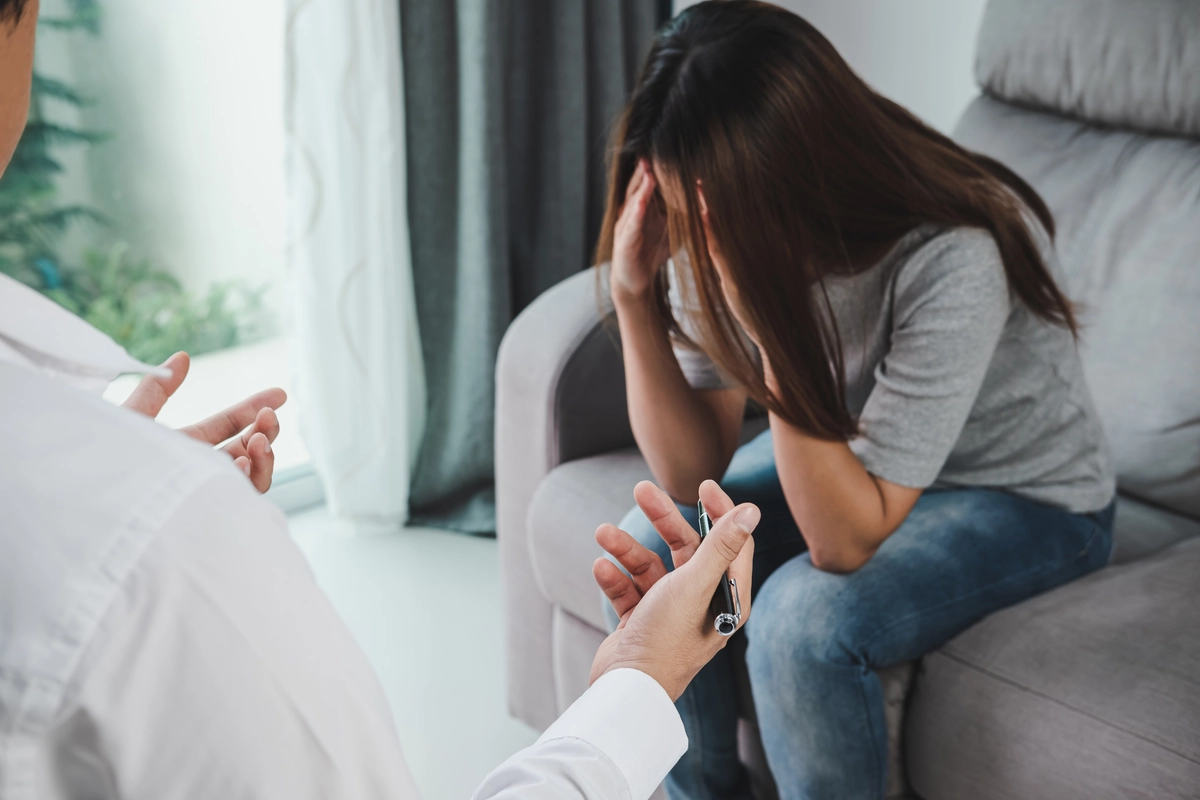
BJC Behavioral Health – North Division
BJC Behavioral Health–North Division provides personalized mental health care and addiction recovery...

South Jersey Drug Treatment Center
South Jersey Drug Treatment Center is a private rehab located in Bridgeton, New Jersey. South Jersey...

Oaks Integrated Care
Oaks Integrated Care is a private, nonprofit organization dedicated to improving the quality of life...

Stress Solutions of Long Island
Stress Solutions of Long Island is a private rehab located in Bellmore, New York. Stress Solutions o...
























